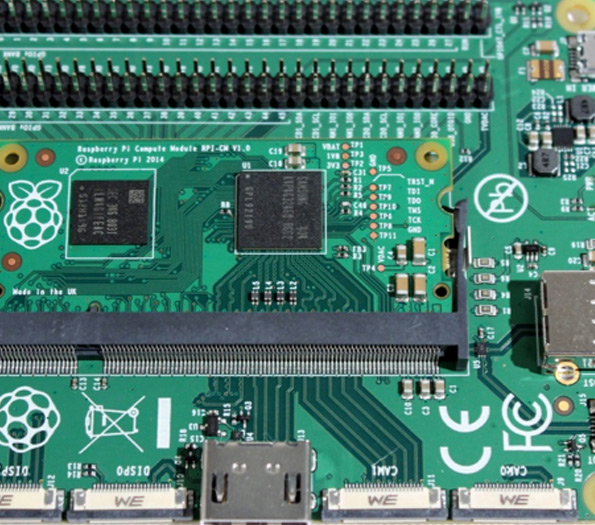

The Advantages and Applications of Solar Low-E Glass
In today's energy-conscious world, the quest for sustainable solutions has led to the emergence of innovative materials, one of which is solar low-emissivity (low-E) glass. This type of glass has gained significant attention for its ability to enhance energy efficiency, reduce costs, and contribute to environmental sustainability. By understanding its properties, benefits, and applications, we can see why solar low-E glass is becoming an essential material in modern architecture and energy management.
What is Solar Low-E Glass?
Solar low-E glass is a specially engineered glass that has a low-emissivity coating. This coating is designed to reflect infrared (IR) radiation while allowing visible light to pass through. The result is a product that minimizes heat transfer, keeping interiors cooler in summer and warmer in winter. The primary goal of low-E glass is to improve energy efficiency in buildings by reducing the need for heating and air conditioning throughout the year.
The manufacturing process of solar low-E glass typically involves applying a thin metallic coating on the surface of the glass. This coating reflects different types of thermal radiation based on the wavelength. The selective nature of this reflection allows low-E glass to maintain natural daylight while significantly decreasing the solar heat gain, which is particularly beneficial in hot climates.
Benefits of Solar Low-E Glass
1. Energy Efficiency One of the most significant advantages of solar low-E glass is its energy efficiency. By reducing heat transfer, it minimizes the reliance on HVAC systems, leading to lower energy consumption and cost savings for building owners. In some cases, buildings equipped with solar low-E glass can achieve energy savings of up to 30%, making it a financially attractive option.
2. UV Protection Solar low-E glass also provides effective protection against harmful ultraviolet (UV) rays. UV radiation can fade furniture, carpets, and other interior items over time. By minimizing UV exposure, solar low-E glass not only extends the lifespan of interior furnishings but also contributes to a more comfortable living environment.
3. Comfort The ability of solar low-E glass to control indoor temperatures enhances comfort for occupants. By reducing drafts and creating a more stable indoor climate, the use of low-E glass contributes to a pleasant living and working atmosphere.

4. Sustainability Choosing solar low-E glass aligns with sustainable building practices. Reducing energy consumption lowers greenhouse gas emissions, contributing to a smaller carbon footprint. Moreover, many low-E products are made using environmentally friendly manufacturing processes, further promoting sustainability.
Applications of Solar Low-E Glass
Solar low-E glass is versatile and can be used in a variety of applications, ranging from residential homes to commercial buildings. Here are some common uses
- Residential Windows Homeowners often opt for solar low-E glass in windows to enhance energy efficiency. It provides an optimal balance of daylight and thermal comfort, which is critical for energy-conscious homeowners.
- Commercial Buildings Many modern office buildings and public facilities utilize solar low-E glass to meet energy codes and standards. The ability to regulate internal temperatures helps reduce operational costs.
- Skylights and Curtain Walls In architectural designs where natural light is paramount, solar low-E glass is an excellent choice for skylights and curtain walls. These applications take advantage of the glass's ability to optimize daylight while controlling heat gain.
- Interior Partitions Some designers incorporate solar low-E glass in interior partitions to maintain open and bright workspaces while ensuring energy efficiency and comfort.
Conclusion
Solar low-E glass represents a significant advancement in building materials, combining functionality with environmental responsibility. Its energy-efficient properties, UV protection, comfort enhancements, and sustainability make it a preferred choice for architects, builders, and homeowners alike. As we continue to seek innovative solutions to climate challenges, solar low-E glass stands out as a practical and effective choice in the endeavor towards a greener future. By integrating this technology into modern architecture, we are not only enhancing the performance of our buildings but also contributing to a sustainable and energy-efficient world.